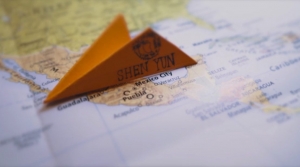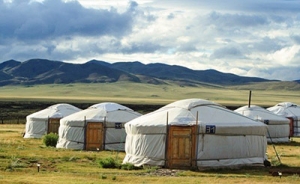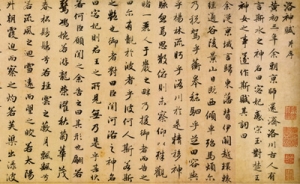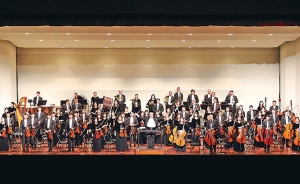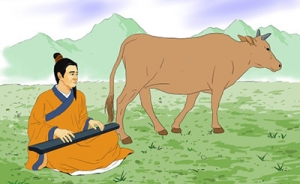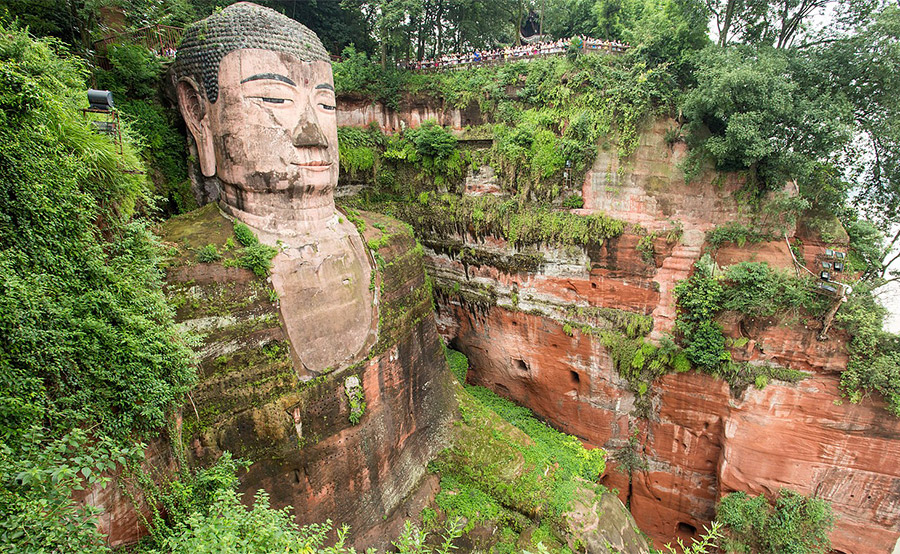
In Search of True Beauty
As a dancer with Shen Yun Performing Arts, I thought it would be good for me to take a deeper dive into the traditional Chinese culture aesthetic. Now, I feel like I have a better appreciation for true beauty.
In ancient times, artistic creations largely revolved around themes like Heaven and Earth, divine beings, and nature. Back then, poetry, dance, and music were often a form of extolling the gods, expressing humility and awe, or offering prayers.

Even though we can no longer see those dances and hear those songs, we can still get a sense of the great respect the ancients had for nature and the divine through writings that have been preserved for thousands of years. There’s even artwork that’s have been bequeathed to us in whole.
Many paintings and engravings of Buddhas, heavenly fairies, and other gods can still be found inside remote caves. The most well-known are the Thousand Buddha Grottoes in northwest China near Dunhuang, and the Leshan Giant Buddha in Sichuan Province. These majestic sights from long ago remain marvels today.
Philosophically Speaking
In both Taoist and Confucian thought, simplicity is beautiful and supreme.
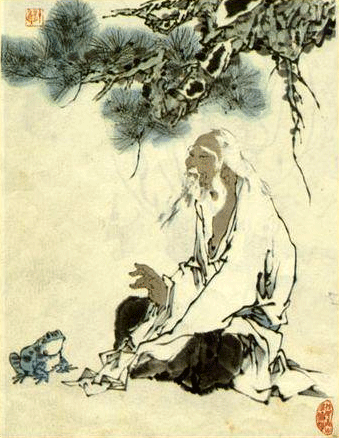
“Vacancy, stillness, placidity, tastelessness, quietude, silence and inaction are the root of all things, wrote Master Zhuang in Way of Heaven, around 300 B.C.E. “Men by their stillness become sages.”
According to Confucius, one must begin with a good moral base and inner beauty, before seeking outward beauty and other embellishments. I think that seeking simplicity is actually seeking authenticity, because unadorned simplicity is the most original state of being—the most genuine manifestation of things.
Confucius once asked a guest to explain his understanding of “truth.” The guest replied: “A man’s proper truth is pure sincerity in its highest degree, without this pure sincerity one cannot move others… Given this truth within, it exercises a spiritual efficacy without, and this is why we count it so valuable.”
We now have so many things that can spark our desires and fancies. It’s so easy for our pure and simple inborn nature to become buried, and to lose touch with our true selves. But if art is a window for an artist to express an inner world that impacts the audience, then wouldn’t it be true that only when an artist can elevate his own realm of thought can he produce works that will inspire others to do the same?
To Be in Harmony
I also found fascinating the traditional views about harmony. The ancients’ emphasis on harmony encompasses the doctrine of the golden mean—being moderate and avoiding extremes.
In the book Doctrine of the Mean, Confucius’ grandson Zisi wrote: “Equilibrium is the great root from which grows all the human actings in the world, and this harmony is the universal path, which all people should pursue.”
Harmony encompasses accessibility—it makes something appealing to people from every level of society; every nationality and culture, even.
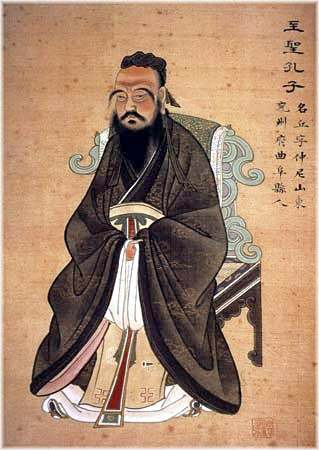
In Discourses of the States, a collection of important speeches from two and a half millennia ago, there’s a section called “Wu Ju Expounds Beauty.” It provides an unadorned but exacting definition of harmony and beauty:
“If regardless of how you view something, whether from above or below, from within or without, in detail or at large, and from near or far, the relationships between all elements are harmonized and without discord, that is beauty.”
It’s not easy to create something of this caliber. How to do that may sound simple—in the words of the great emperor Tang Taizong of the seventh century: “To be in harmony is to be proper and righteous.” So in order for an artist to attain a state of harmony, she has to be virtuous, fair, and have a very broad-minded outlook on life. This can take a lifetime of dedicated study, introspection, and awareness to perfect.
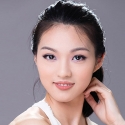
Evangeline Zhu
Principal Dancer
Principal Dancer


